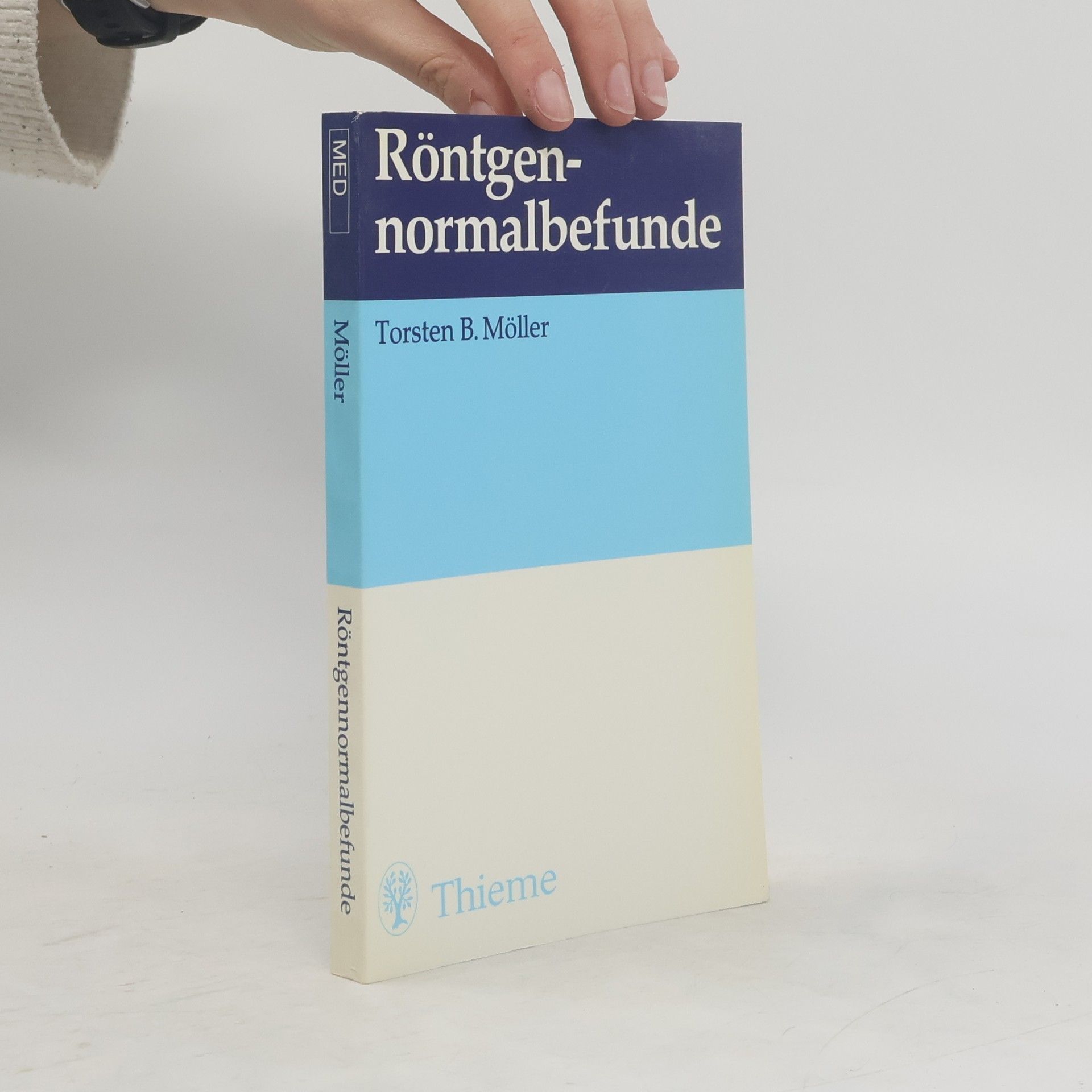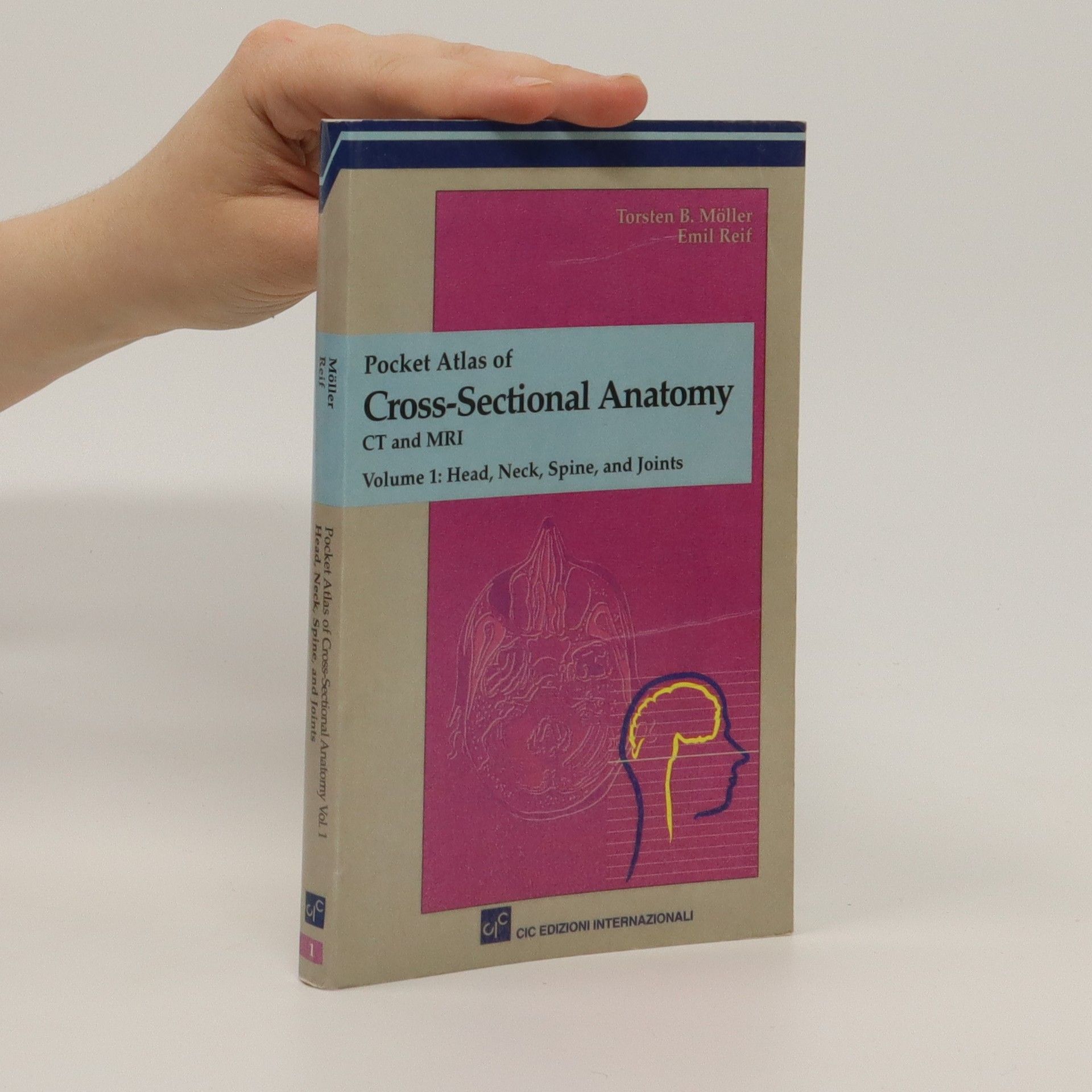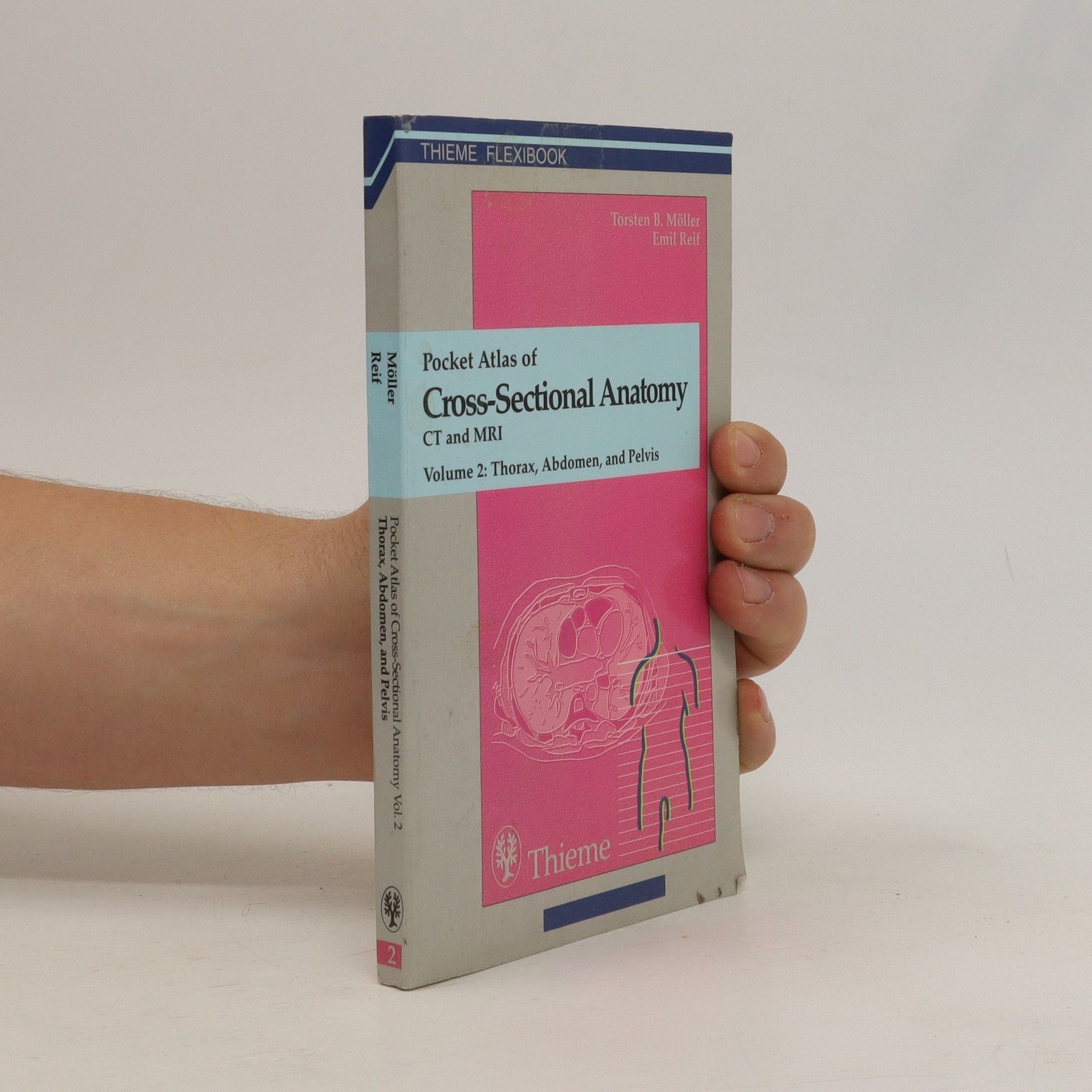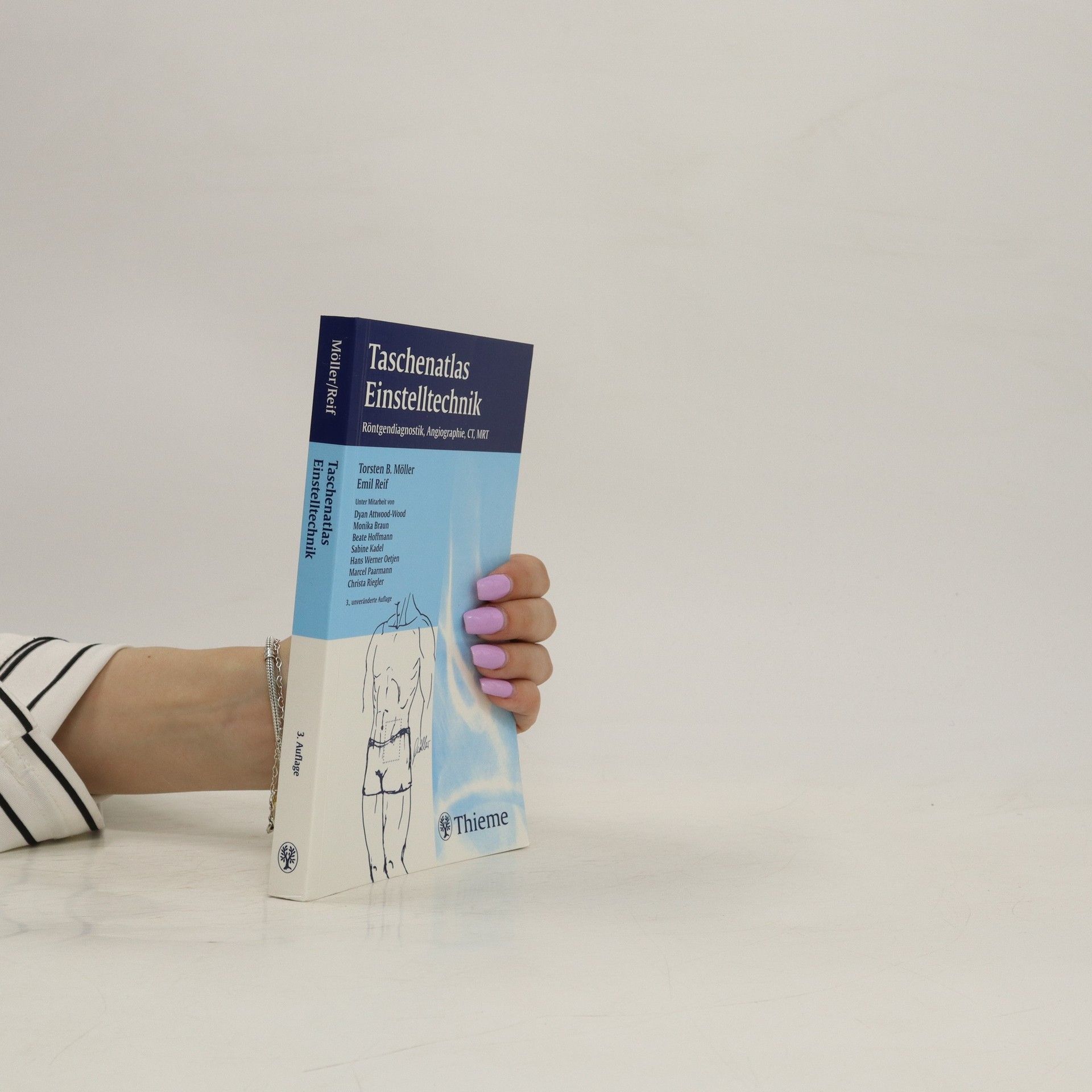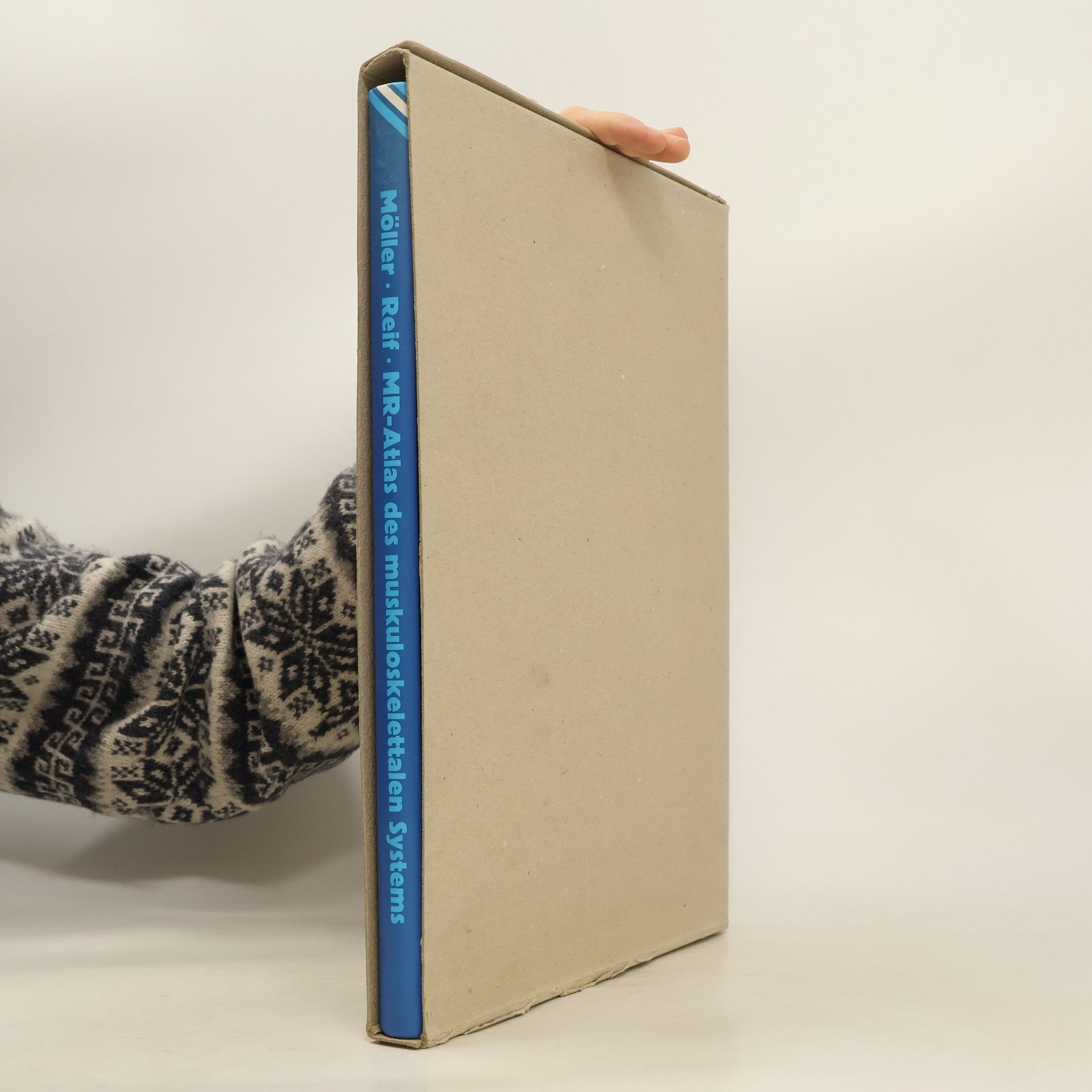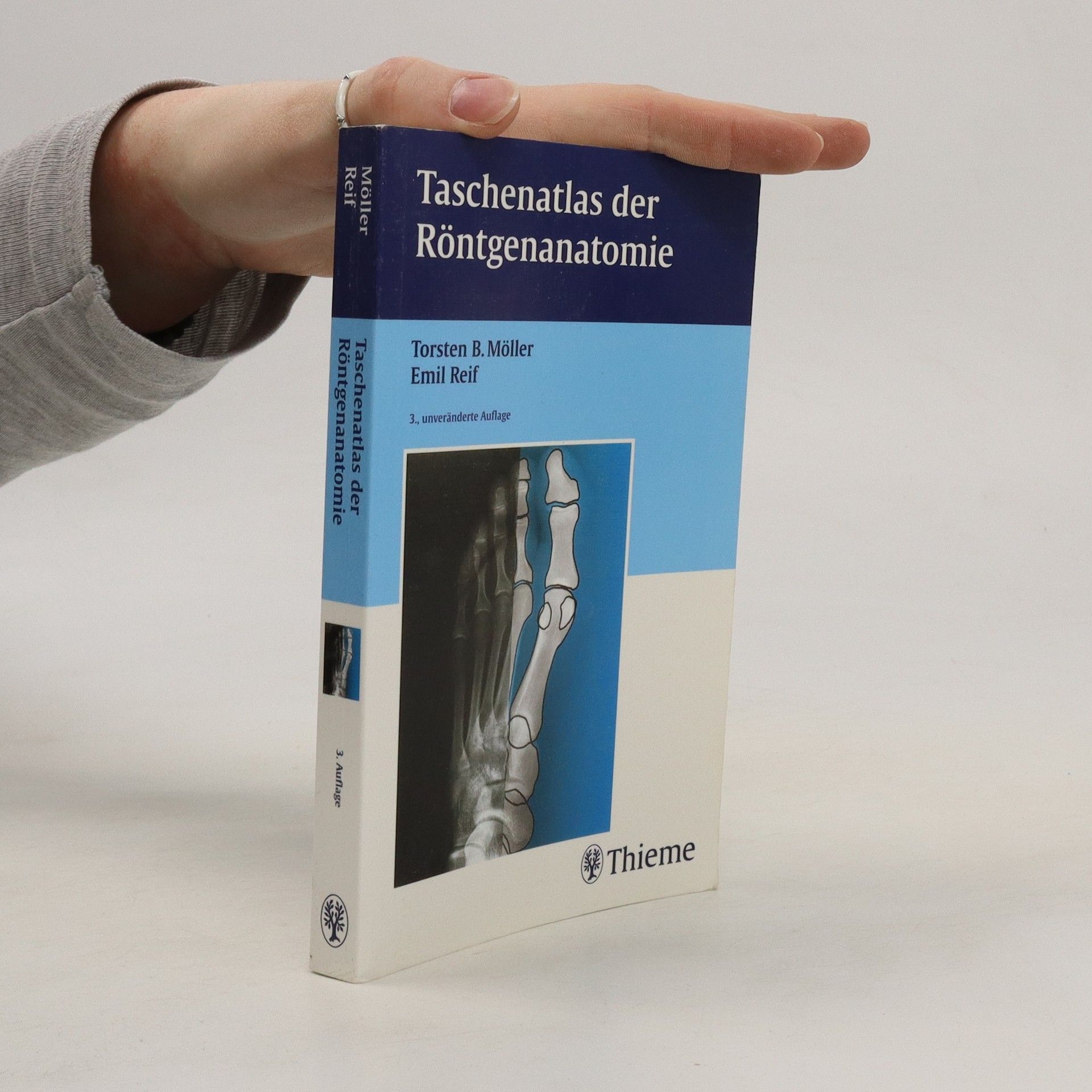MRI parameters and positioning
- 341 pages
- 12 hours of reading
Packed with information on the practical aspects of MRI, this user-friendly text covers everything from advice on optimal positioning of patients to recommendations for setting the appropriate scanning parameters. Each consistently organized chapter follows the chronology of a standard procedure - the authors present essential information on preparation and necessary materials first. Then they skilfully guide the readers through special considerations in positioning and coil selection, protocols for conducting the exam, examples of various sequences, and possible modifications. Numerous tips, tricks, and pointers explain how to avoid potential complications. Highlights of the second edition: 340 high-quality MRI scans and anatomical drawings New and expanded sections on MR angiography of pulmonary arteries and pelvic and leg vessels; the CARE Bolus Technique; whole-body MRI; and more Information on the latest protocols for MR urography, cholangiography, and colonography Consistent chapter structure for maximum accessibility on the job and at the MRI workstation Each section contains plenty of space on each page for personal notes A guide to the most important MRI studies, the second edition of MRI Parameters and Positioning is an indispensable companion for all radiologists, radiology residents, and radiologic technologists.


